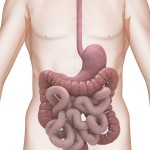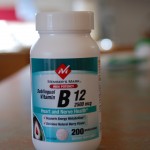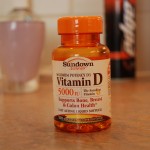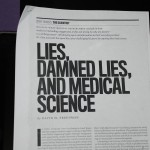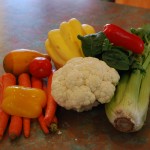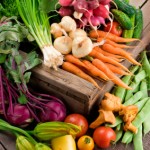I was thinking about sleep patterns the other day. We're both trying for eight hours of sleep a night and I achieve that goal most nights; about twice a month I'll wake up at 3 or 4 AM and find myself unable to fall back asleep. Lynnette has that happen more frequently than I do.
So are short sleep nights important? I think it depends on how many you have.
The Center for Science in the Public Interest publishes a "Nutrition Action Health letter" that I just started a subscription to. CSPI has been in operation for those forty years and this was an anniversary/retrospective newsletter. In their January/February 2011 edition was an article titled "Unexpected: Surprising Findings From the Last 40 years."
One of those (actually many of those were of interest, but one I followed up on today) was "Too Little Sleep can lead to Too Much Fat." This discussed studies done by Kristen Knutson at the University of Chicago.
When I Googled Knutson and her work I found she's an assistant professor of medicine at the University of Chicago's medical school. She's actually a biomedical anthropologist with a PhD from the State University of New York (SUNY). and did her Master's work at SUNY also.
"Her research focuses on the association between sleep and cardiometabolic health in various populations."
That was cut and pasted from her U of C Department of Medicine (Section of Pulmonary Disease/Critical Care) bio. I also found an article she published in the Achives of Internal Medicine in 2009 where her group found a correlation between reduced sleep and hypertension.
In this current piece, Knutson noted that a a long-term study (16 years) of >68,000 women showed that those who slept less (under five hours a night) were a third more likely to gain significantly (more than 30 pounds) than those who slept seven hours or more a night.
So she recently conducted a much shorter study, getting volunteers and using a sleep laboratory for a month-long period. The research subjects were allowed to sleep four hours a night in one arm of the study and Knutson found they then had higher levels of a hormone that increases appetite and lower levels of another that decreases appetite than when they slept nine hours.
Another part of her study had the subjects, confined to the sleep lab, allowed to snack. When they were allowed to sleep less than six hours they ate more than when they slept over 8 hours.
Hmm, that's intriguing as is her quote from a meta-analysis (a brief definition of that is a statistical combination of a number of studies), that short sleepers are more likely to develop diabetes. That meta-analysis was published in 2009 in the Achives and in 2010 in another medical journal.
When I put those issues together (high BP, obesity, diabetes), I see the Metabolic Syndrome a fairly recently defined entity that goes along with increased cardiovascular risk.
So try to develop better sleeping habits if you're consistently on the short end of the scale (pun unintentional).
They may save your life.


